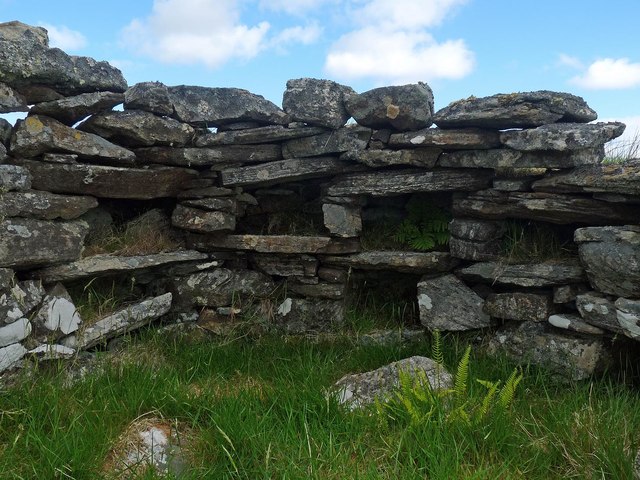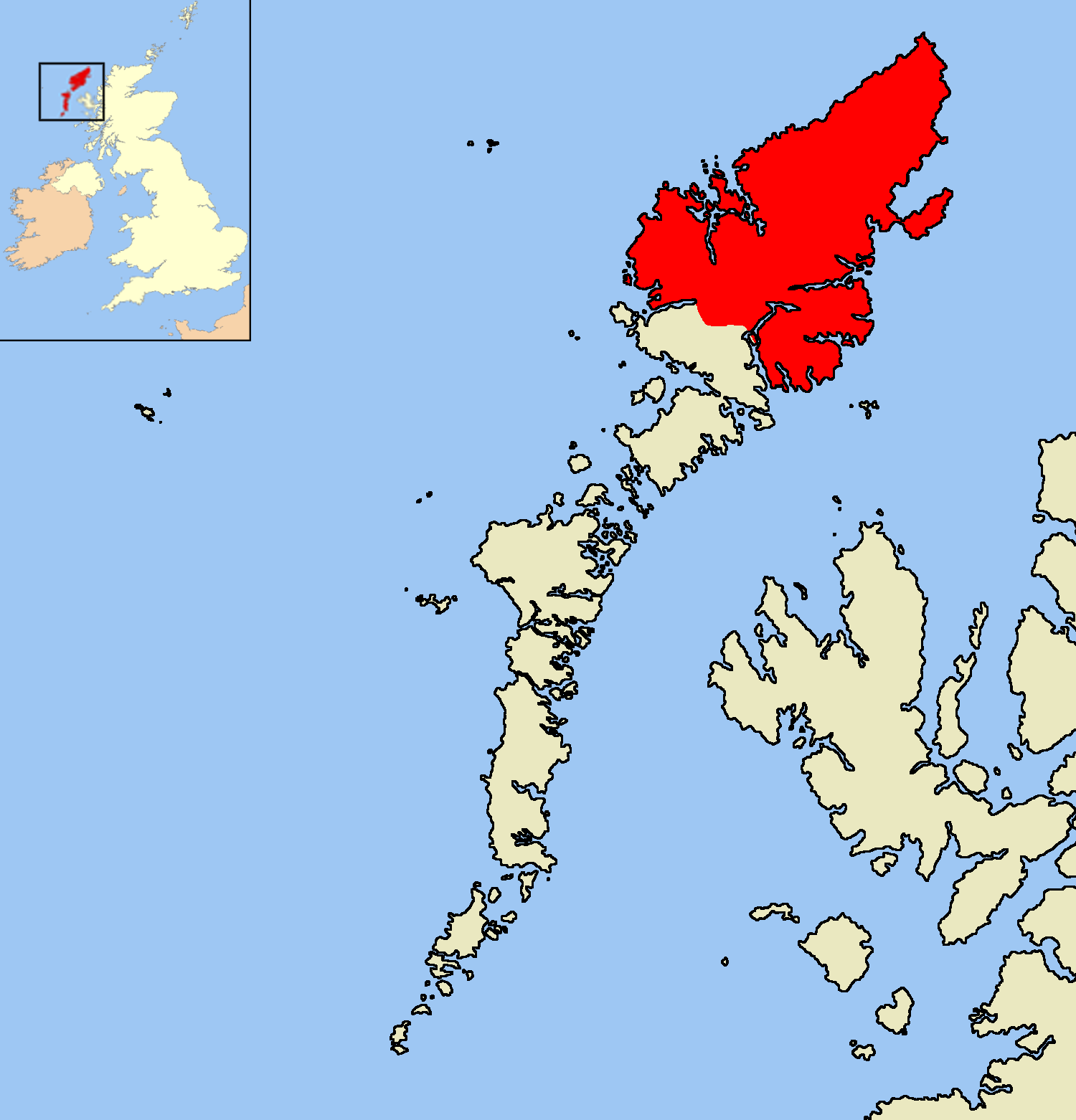Stacaiseal
Hill, Mountain in Ross-shire
Scotland
Stacaiseal

Stacaiseal is a prominent hill located in Ross-shire, Scotland. It stands at an elevation of approximately 520 meters (1,706 feet) and is situated within the picturesque landscape of the Scottish Highlands. The hill is part of the wider mountainous region surrounding the village of Lochcarron and is a popular destination for outdoor enthusiasts and hikers.
The distinctive shape of Stacaiseal, with its steep slopes and rugged cliffs, makes it easily recognizable from a distance. Its summit offers breathtaking panoramic views of the surrounding countryside, including the nearby Loch Carron and the stunning Torridon mountain range.
The hill is predominantly composed of Torridonian sandstone, which gives it a unique reddish hue. This geological feature adds to the charm of the landscape and provides a fascinating insight into the region's ancient geological history.
Stacaiseal is home to a variety of flora and fauna, including heather, bracken, and a range of bird species. The hill provides a habitat for birds of prey such as buzzards and golden eagles, as well as smaller woodland birds.
For those seeking outdoor adventure, Stacaiseal offers several hiking trails, varying in difficulty and length. These trails provide an opportunity to explore the natural beauty of the area and immerse oneself in the tranquility of the Scottish Highlands.
Overall, Stacaiseal is an impressive hill in Ross-shire, boasting stunning views, unique geological features, and a diverse range of wildlife. It is a must-visit destination for nature lovers and outdoor enthusiasts looking to experience the beauty and serenity of the Scottish Highlands.
If you have any feedback on the listing, please let us know in the comments section below.
Stacaiseal Images
Images are sourced within 2km of 58.242579/-6.5907349 or Grid Reference NB3037. Thanks to Geograph Open Source API. All images are credited.




Stacaiseal is located at Grid Ref: NB3037 (Lat: 58.242579, Lng: -6.5907349)
Unitary Authority: Na h-Eileanan an Iar
Police Authority: Highlands and Islands
What 3 Words
///confused.nuptials.airless. Near Carloway, Na h-Eileanan Siar
Nearby Locations
Related Wikis
Lewis Peatlands
Lewis Peatlands (Scottish Gaelic: mòinteach Leòdhais) is a large area of blanket bog covering more than one third of the Isle of Lewis, off the west coast...
Lewis and Harris
Lewis and Harris (Scottish Gaelic: Leòdhas agus Na Hearadh, Scots: Lewis an Harris), or Lewis with Harris, is a single Scottish island in the Outer Hebrides...
Isle of Lewis
The Isle of Lewis (Scottish Gaelic: Eilean Leòdhais) or simply Lewis (Scottish Gaelic: Leòdhas, pronounced [ˈʎɔːəs̪] ) is the northern part of Lewis and...
Achmore, Lewis
Achmore (Scottish Gaelic: An t-Acha Mòr; marked on some maps as Acha Mòr) is a village in the Scottish Outer Hebrides, on the Isle of Lewis. The name means...
Have you been to Stacaiseal?
Leave your review of Stacaiseal below (or comments, questions and feedback).















